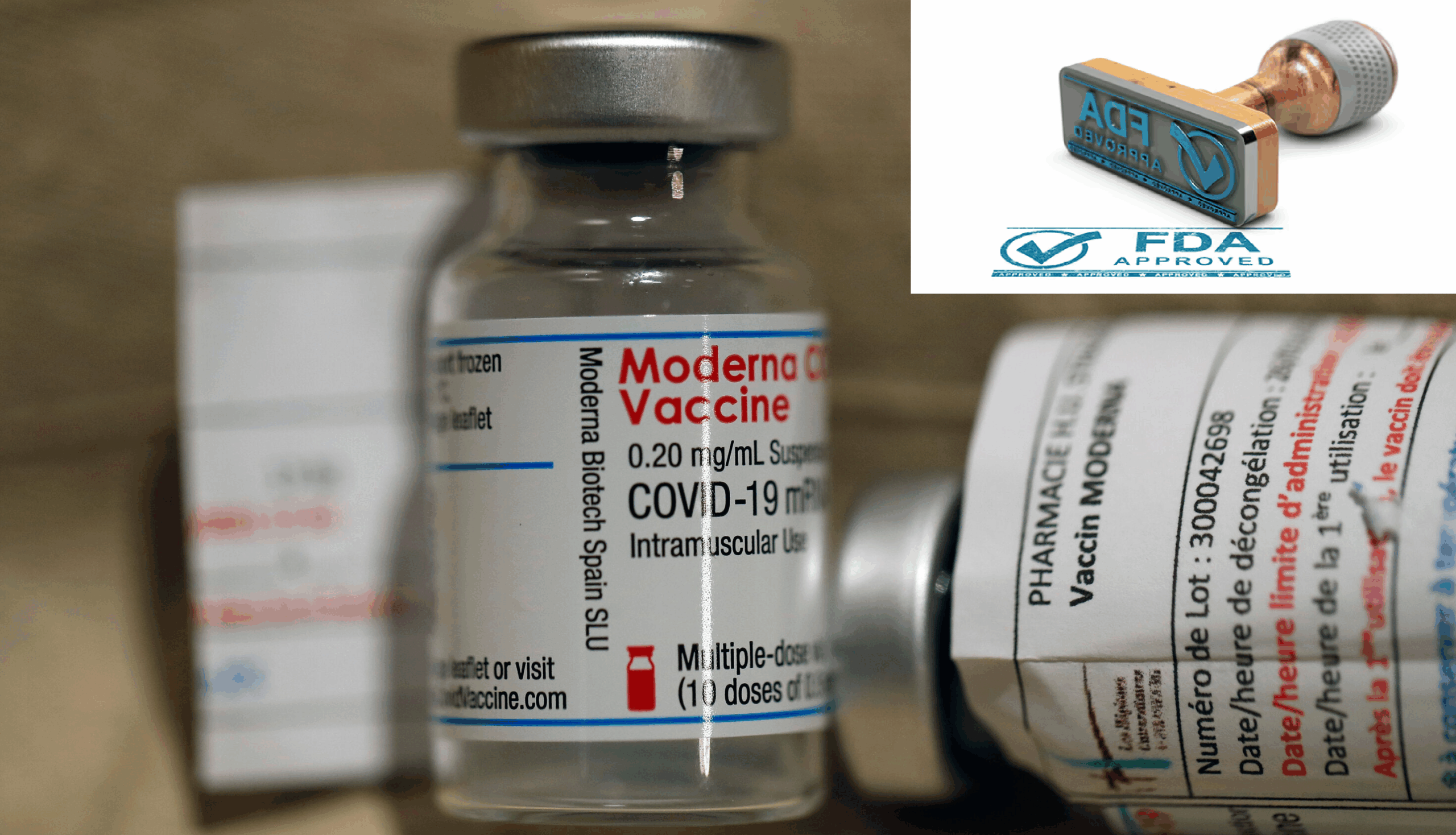Prisoner Exchange Brings Relief
Ukraine and Russia conducted another prisoner exchange on Monday. Kyiv celebrated the return of 189 former captives. Ukrainian President Volodymyr Zelensky expressed gratitude for the effort, calling it “very good news.”
“The return of our people from Russian captivity is always very good news for each of us,” said Zelensky. He thanked the United Arab Emirates and other partners for facilitating the swap. Each side released 150 individuals, though Ukraine’s final tally exceeded expectations. Russia’s defense ministry confirmed 150 of its soldiers were freed.
This exchange is part of ongoing negotiations between the two nations. Both sides aim to secure the release of more prisoners amidst the continuing conflict. Families of those freed expressed relief and joy, marking a moment of humanity in an otherwise brutal war.
U.S. Announces $6 Billion Aid Package
President Joe Biden’s administration announced nearly $6 billion in aid for Ukraine. This includes military and budgetary support aimed at fortifying Ukraine’s defenses. Biden emphasized urgency in delivering assistance.
“I’ve directed my administration to continue surging as much assistance to Ukraine as quickly as possible,” Biden said. “The United States will work relentlessly to strengthen Ukraine’s position in this war over the remainder of my time in office.”
The aid arrives just weeks before president-elect Donald Trump’s term begins. Trump has signaled a potential shift in U.S. foreign policy, raising questions about continued support for Ukraine. Biden’s move underscores his commitment to backing Ukraine against Russian aggression.

Impact of Prisoner Swaps
Prisoner exchanges have become a rare source of hope in the ongoing war. They highlight the possibility of dialogue even amid fierce hostilities. Each exchange represents lives saved and families reunited.
For Ukraine, these swaps boost morale on the home front. They also show that international partners, like the UAE, can play a constructive role in mediation. On Russia’s side, the release of soldiers reflects efforts to maintain morale within its ranks.
However, the process remains fraught with challenges. Both sides accuse the other of violating terms or mistreating prisoners. Advocacy groups have called for greater transparency and adherence to international laws.
Aid Package Details
The $6 billion aid package includes advanced weaponry and financial resources. Military aid will enhance Ukraine’s ability to counter Russian offensives. Budget support ensures essential government functions continue amidst wartime disruptions.
Key components of the aid include:
- Additional air defense systems.
- Ammunition supplies for existing artillery.
- Training for Ukrainian forces.
- Direct financial support to stabilize Ukraine’s economy.
This package builds on previous U.S. commitments, reaffirming its role as Ukraine’s primary ally. European partners have also pledged continued support, but U.S. contributions remain critical.

International Reactions
The announcement drew mixed reactions globally. NATO allies praised the decision, calling it a necessary step to ensure Ukraine’s resilience.
“This aid solidifies Ukraine’s ability to defend itself and uphold democratic values,” said a NATO representative.
Conversely, Russia condemned the move, accusing the U.S. of prolonging the war. Russian officials claimed the aid undermines potential peace talks. Kremlin spokesperson Dmitry Peskov stated, “Such actions deepen the conflict and delay a resolution.”
China, a key observer, reiterated its neutral stance. Beijing urged dialogue between all parties, emphasizing that prolonged hostilities harm global stability.
Future Challenges
As the war drags on, challenges remain. Ukraine must maintain international support, especially if new U.S. leadership takes a different approach. Europe’s energy crisis, partly fueled by the war, adds pressure to sustain aid commitments.
Russia’s strategy includes targeting Ukraine’s infrastructure. Recent missile strikes have left cities without power, further testing Ukraine’s resilience. Western aid must address both immediate military needs and long-term reconstruction.
For now, moments like the prisoner exchange offer hope. They remind the world that humanity persists, even in war. However, sustainable peace remains elusive without comprehensive negotiations and accountability.
The latest developments in the Ukraine-Russia war highlight both progress and ongoing challenges. The prisoner exchange and U.S. aid package demonstrate efforts to address immediate needs. Yet, the broader conflict shows no signs of resolution.
As 2025 approaches, global attention remains fixed on Ukraine. The coming months will reveal whether current strategies succeed or require reevaluation. For the freed prisoners and their families, however, this week marks a moment of relief amid uncertainty.
Our Visitor






 Users Today : 14
Users Today : 14



